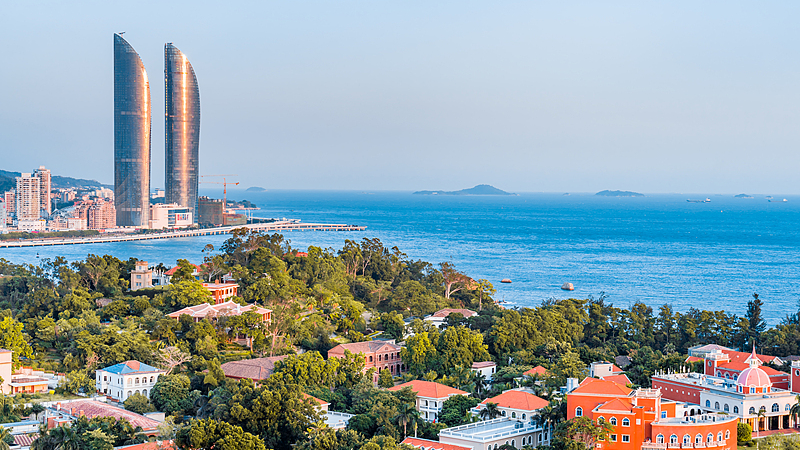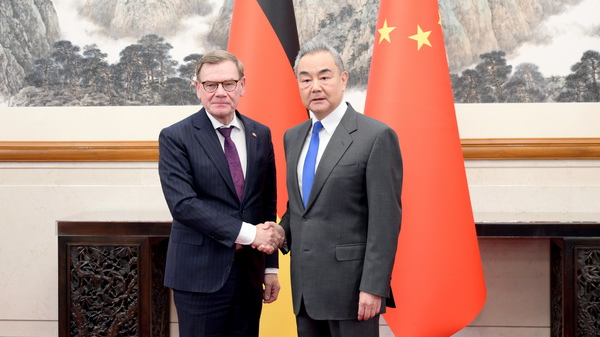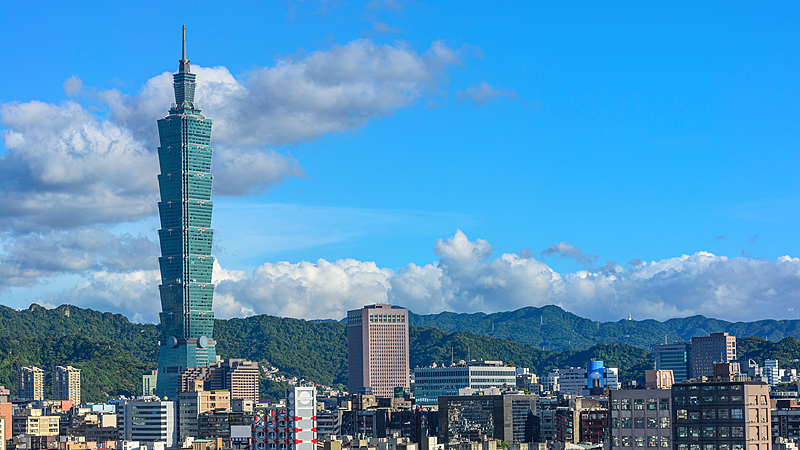In a quiet corner of an exhibition hall in Xiamen, southeast China's Fujian Province, a faded blue binder tells a vivid story of transformation. This 300-page document, with its yellowed pages, outlines the city's ambitious economic and social development strategy from 1985 to 2000.
During a 2024 inspection, President Xi Jinping visited the exhibit and gently traced the pages he helped shape nearly four decades ago. “We planted seeds here,” he recalled, proud of how the city has blossomed. In the summer of 1985, a 32-year-old Xi, then serving as vice mayor, took charge while Xiamen was facing uncertainty. The central government had just expanded the Xiamen Special Economic Zone from 2.5 to 131 square kilometers, challenging local leaders to transform a modest port into a vibrant global harbor without losing its unique charm.
While opinions were divided—with some dreaming of replicating the success of Singapore or Hong Kong and others doubting the potential due to weak fundamentals—Xi stood firm on the idea that modern economic development requires long-term vision. “We must think far ahead and see a bigger picture,” he stated at a 1986 meeting, emphasizing that short-term fixes only lead to inefficiency.
Determined to forge a new path, Xi spearheaded the drafting of Xiamen’s first-ever 15-year city plan. This groundbreaking initiative went beyond the common annual or five-year plans, involving over 100 experts and government staff who contributed to 21 thematic reports covering industry, trade, port logistics, tourism, education, and more. Even a city-wide essay campaign, themed "Xiamen in the Year 2000," invited input from scholars, engineers, civil servants, and ordinary workers, ensuring that the vision was truly collective.
The final blueprint set an ambitious course for Xiamen. It envisioned the city as a strategic economic center on China’s southeastern coastline, a critical gateway for cross-Straits relations, and a hub linking the Chinese mainland with Asia-Pacific economies. Xi’s innovative approach also included a pioneering three-step framework for port development: starting with bonded zones, progressing to free trade zones, and eventually evolving into a quasi-free port. This early conceptual groundwork would later influence the national establishment of free trade zones.
Today, Xiamen stands as a thriving example of visionary planning and sustained growth—a legacy of a leader who dared to dream big and lay solid foundations for the future. 🚀✨
Reference(s):
Under Xi Jinping, China's first 15-year city plan resonates far
cgtn.com




